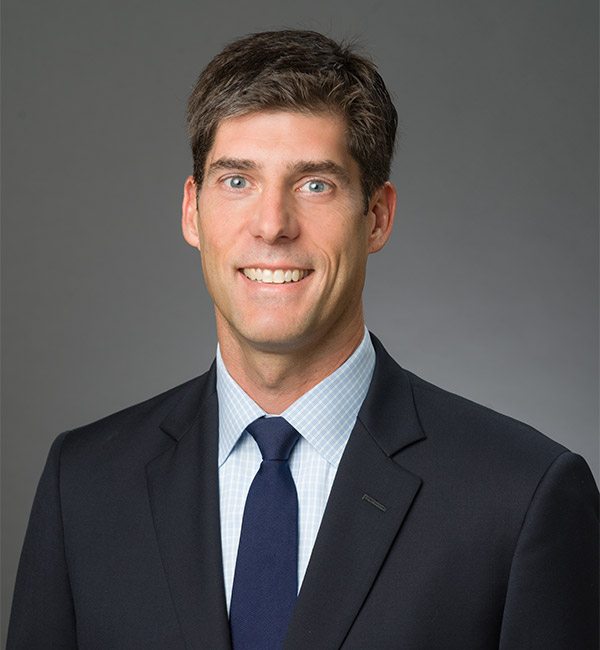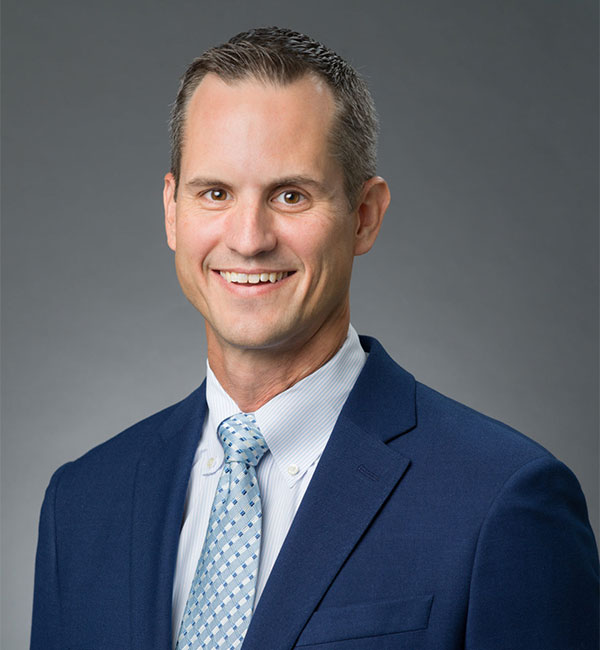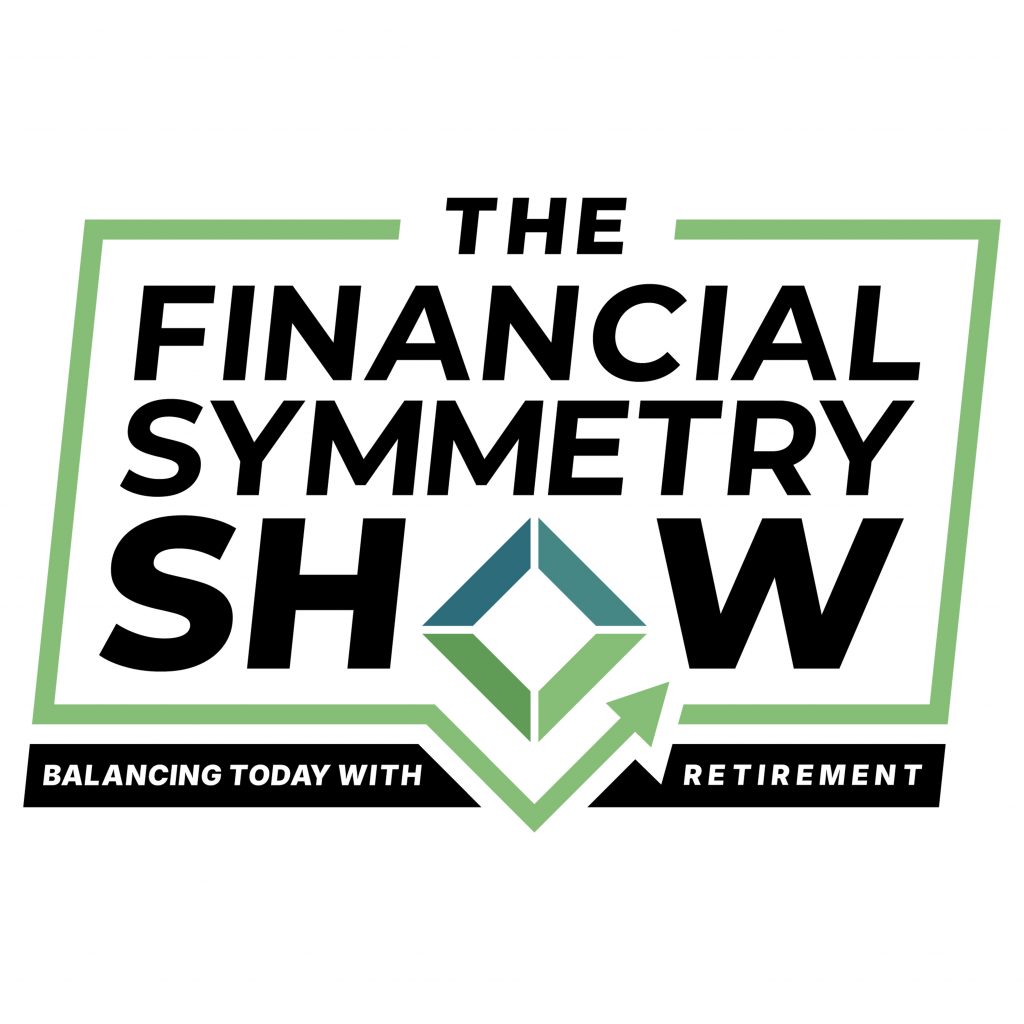Recently, an executive order has set the stage for 401k providers to potentially start offering investments like private equity, private real estate, digital assets (think bitcoin), commodities, and more—options typically reserved for pension funds and institutional investors. But what does this really mean for everyday savers?
We break down the differences between traditional 401k offerings and these new alternatives, discuss the risks and potential rewards, and share questions you should ask yourself before making any changes to your investment lineup.
What Are Alternative Assets?
There’s no single definition, but broadly, alternative assets are investments outside traditional public stocks, bonds, and cash; these include:
- Private equity: Ownership of companies that aren’t publicly traded.
- Private real estate: Direct investments in real estate outside of public markets (unlike REITs).
- Digital assets: Cryptocurrencies like Bitcoin.
- Commodities: Physical goods such as oil or gold.
- Private credit: Loans made in private markets.
- Lifetime income strategies: Certain annuity-type products.
Alternative assets have historically been the domain of institutional investors like pension funds, not everyday 401k participants. But that could be changing soon…
How Are Alternative Assets Different?
The main differences boil down to liquidity, transparency, and valuation:
Liquidity: Public stocks can be bought or sold instantly; alternative assets are often illiquid, sometimes locking up your funds for years.
Pricing: Public investments have clear, real-time pricing. Private investments are valued less frequently (sometimes only quarterly) and rely heavily on estimates.
Volatility: While pricing may look more “stable” on statements, that’s often a reflection of less frequent valuations—not necessarily less risk. As the podcast panel noted, these assets can move sharply when market downturns eventually filter into valuations.
Fees: The cost of owning alternative assets can be much higher—sometimes up to 3% annually versus 0.10% or less for index funds—shrinking your take-home returns over time.
Should You Consider Alternative Assets in Your 401k?
The theory behind including these assets is appealing: pension funds have had access to them, and they potentially offer higher returns and “diversification.” Over the last decade, certain types of private credit or equity have outperformed public stocks and bonds. But, the dispersion—the gap between top and bottom managers—is huge. Pick a poor fund or hit a streak of bad luck, and you may be stuck with underperformance for years.
The introduction of these options may increase complexity and the risk of poor decision-making. The average investor might already feel overwhelmed choosing among mutual funds—adding more exotic choices could muddy the waters further.
The Risks: Higher Fees, Less Liquidity, and FOMO
Unlike traditional mutual funds or index funds, which have seen costs decline significantly in recent years, alternative investments such as private equity, private real estate, or digital assets can come with much steeper fees—sometimes reaching up to 3% per year. Over time, these higher costs can eat into your investment returns, especially if the performance of these assets fails to keep pace with more traditional investments.
Generally, this fee structure ends up benefiting asset managers and fund providers more than the individual investor, so it’s crucial to understand exactly what you’re paying for and whether the potential returns justify the expense.
Another significant risk is a lack of liquidity. Many private investments require you to lock up your funds for extended periods. This is a problem if you need to rebalance your portfolio or make withdrawals as you approach retirement.
Finally, emotional decision-making drives many investors to participate in alternative investments out of a fear of missing out (FOMO), especially when these asset classes are in the headlines.
Acting on excitement or perceived trends rather than aligning investments with your financial goals can lead to unnecessary risk so it’s better to approach new opportunities thoughtfully, ensuring they truly fit your broader plan rather than chasing the latest market buzz.
Key Questions Before You Jump In
If your 401k menu expands in the coming years, ask yourself:
- What exactly am I investing in, and what benefit does it add?
- Does it truly diversify my portfolio, or does it add unnecessary complexity?
- What is the role of this investment in my broader plan, and when might I need these funds?
- Am I comfortable with potential illiquidity and higher fees?
- How will I feel if this asset underperforms for a decade or more?
Proceed With Caution
Alternative assets are not inherently bad—they have a role for some investors, especially in carefully structured, institutional-style portfolios. But, for most 401k participants, staying focused on clear financial goals, keeping costs low, and maintaining appropriate diversification remains the smartest path.
As the regulatory landscape shifts, stay informed, ask tough questions, and remember: with more choice comes greater responsibility. Don’t let the excitement of new options override sound financial planning.
Outline of This Episode
- [00:00] Exploring 401k alternative assets.
- [05:56] 401k market shift & fee impact.
- [06:57] Potential high returns vs. risks.
- [11:06] Private equity and closed-end funds.
- [13:59] The differences between public REITs and private real estate.
- [16:34] Private investments and evaluating portfolio fit.



